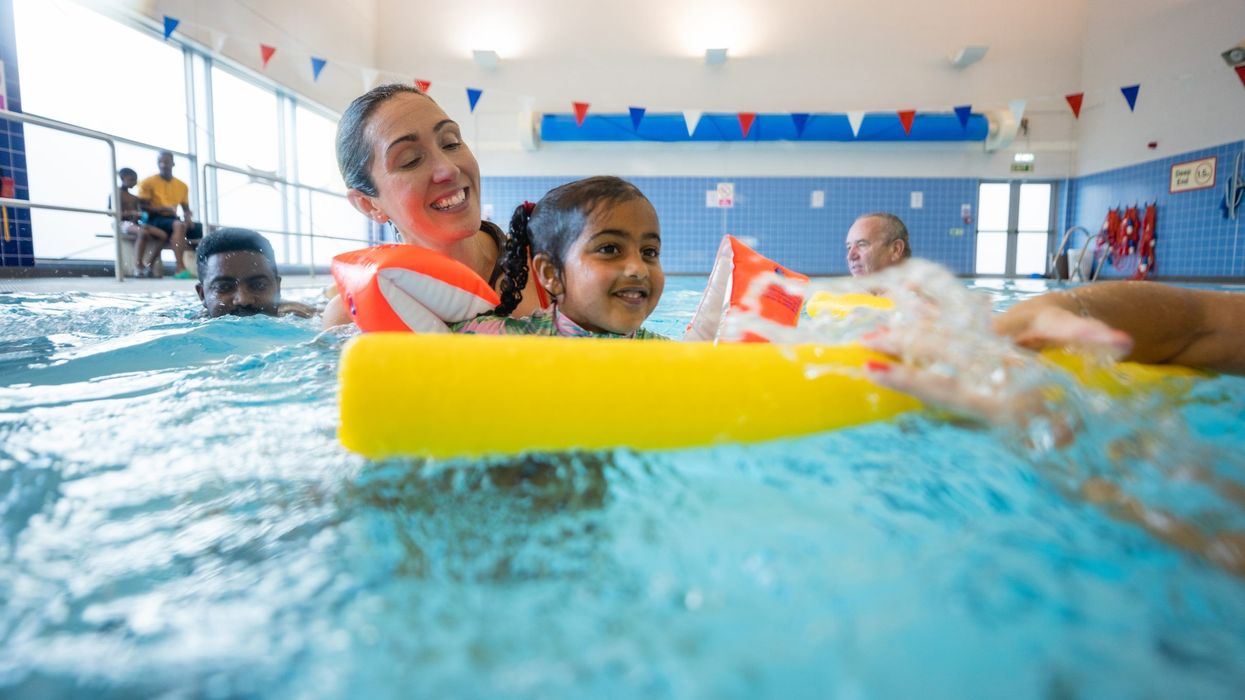In the UK, drowning ranks third in accidental deaths in children under the age of 5, states Water Babies, the world's biggest, most professional baby and toddler swimming programme in the UK.
Also, each year in the UK, people die from the dangers of swimming, especially during summertime and when the temperatures rise, reports The Sun.
According to the Royal Society for the Prevention of Accidents (RoSPA) 30 children under the age of 10 have reportedly drowned in holiday swimming pools abroad, over the last six years.
Therefore, since children can even drown in less than one inch of water, experts have warned that it is extremely important for parents and caregivers to be extra vigilant at home, while on vacation, around the pool or when near a lake or while visiting the ocean.
From the time when the heatwave started in the UK, on July 8, 13 people have reportedly drowned in rivers and lakes, reports The Sun.
First aiders warn that in order to protect your child from danger, you should be mindful when dressing them for the pool. Parents taking their babies swimming on holiday this summer have also been urged to use one simple trick to be able to spot their baby easily, in case of any crisis situation.
Posting to Tiny Hearts Education, former paramedic and CEO Nikki Jurcutz is reported to have said, "Always put your little one in bright or contrasting colours that would be easy to find in an emergency.
"It only takes 20 seconds to drown, little tips like this could save a life," she told The Sun.
Her post was accompanied by a short video clip showing 2 different baby grow garments (a white one and a dark-coloured one). The message was clear – the white garment was harder to detect (against the tiles of the pool) while the dark one was easy to spot if the unthinkable were to occur.
Speaking about the video Nikki added: "I wanted to demonstrate why the colour of your little one's swimwear is so important, look how easily this could be missed - go for bright or contrasting colours."
This means you should also avoid blue swimwear as the tiles of many pools are this shade.
Babies and toddlers are most at risk when it comes to drowning, say experts at RoSPA.
According to them, this is because parents don’t notice when their toddlers wander off and fall into a pool that may be unsupervised.
RoSPA is quoted as saying, “Drowning children don't cry out for help and wave to be rescued - they disappear under the surface – often unseen and unheard.”
Therefore, parents are advised to always check the safety arrangements. "Adults need to be vigilant whenever a child is in or near a pool," said the experts.
A safety checklist includes the following:
- A lifeguard and safety barriers around the pool area
- Teaching your child never to swim alone – before going on any trip
- Being cautious about booking holiday homes/villas that don’t have safety fencing
- Choosing pools that are fenced with locking gates
- Ensuring you actively supervise your child near water
- Checking the surrounding area for any slippery surfaces
- Knowing where the deep end of the pool is and also checking for any cracked tiles
- Being aware that float jackets and floatation devices cannot be relied upon, and not leaving your child unsupervised near a pool or any water body
- Keeping a close and watchful eye on your child even if there is a lifeguard around
The Sun reports that taking a child's first aid course and learning resuscitation is a great way to make sure you can respond in an emergency.













